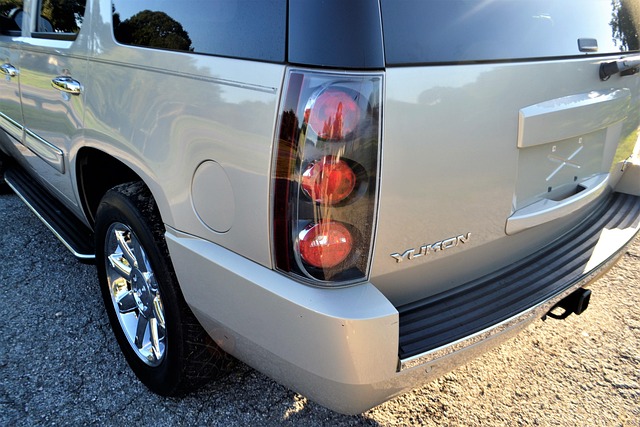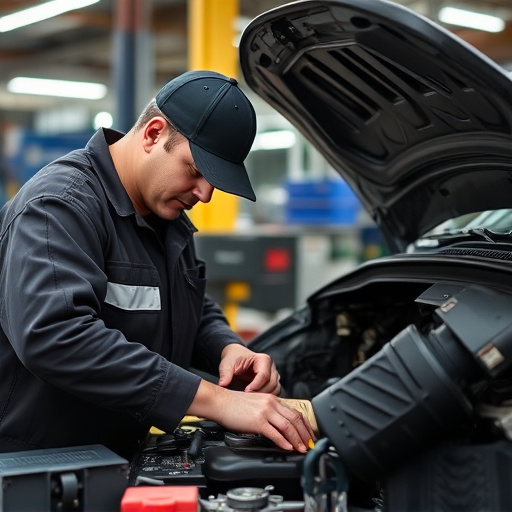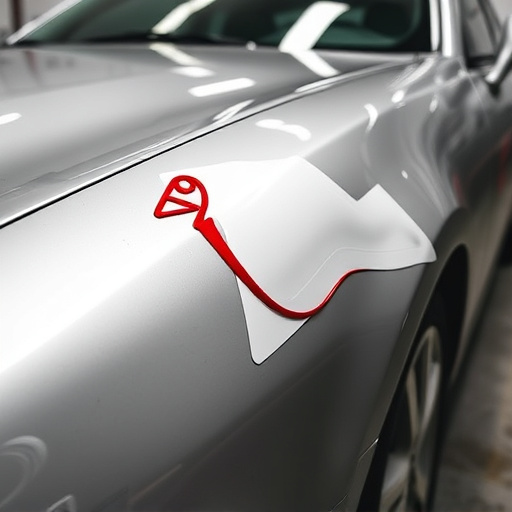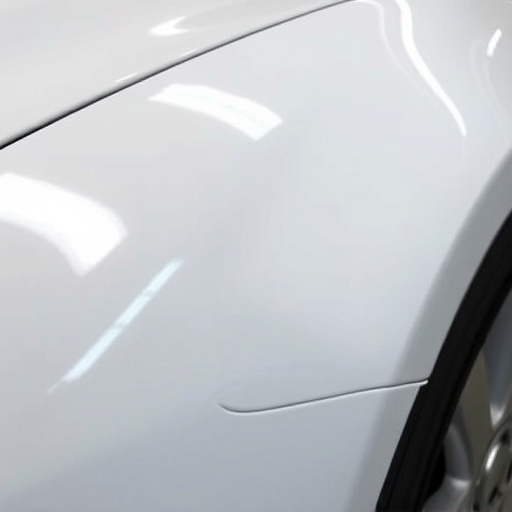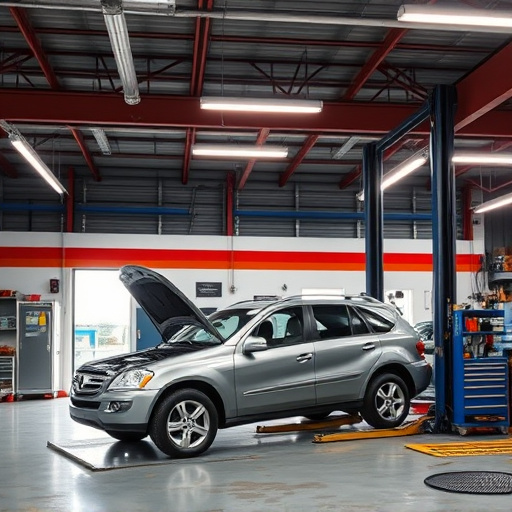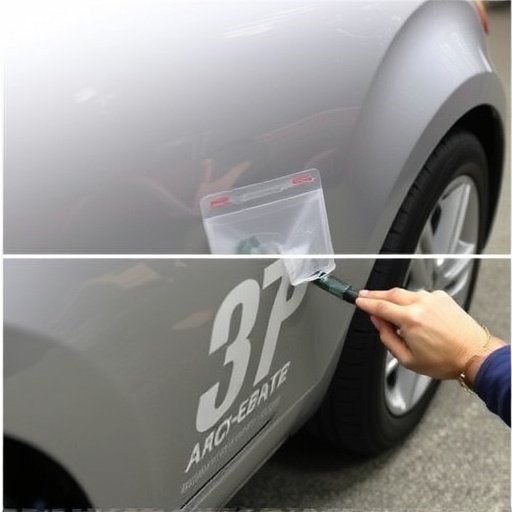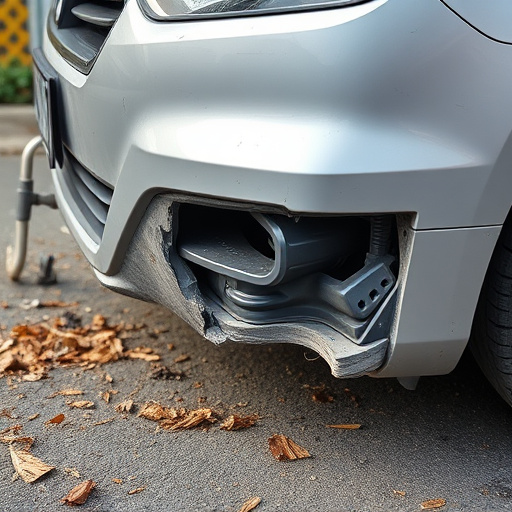Fallen trees can cause substantial structural damage to homes and properties, including impaling or crushing buildings, walls, and roofs. Uprooting often leads to soil erosion, shifting foundations, and uneven floors, misaligned walls, and doors that don't close properly. Fallen tree damage repair services are crucial for effective restoration, ranging from fender repair techniques for minor dents to advanced bumper repair methods for more severe damages. Proactive measures like regular inspections and pruning can minimize future risks, and swift assessments determine the viability of saving damaged trees. Proper maintenance and timely intervention are essential for ensuring tree health and structural integrity.
Fallen trees can cause significant damage to properties, but prompt action during repairs can prevent further complications. This article delves into common issues encountered in fallen tree damage repair, offering insights on understanding and addressing specific problems effectively. From identifying typical damage types—such as branch breakage, trunk fractures, and soil displacement—to exploring suitable repair techniques tailored to different scenarios, we provide essential guidance for a successful restoration process. Additionally, practical tips ensure efficient repairs and future prevention strategies for minimal impact from fallen trees.
- Understanding Fallen Tree Damage: Common Problems Identified
- Repair Techniques for Different Types of Damage
- Tips for Effective Fallen Tree Damage Repair and Prevention
Understanding Fallen Tree Damage: Common Problems Identified

Fallen tree damage can leave homes and properties with significant structural issues, requiring prompt and professional fallen tree damage repair. Understanding common problems associated with this type of damage is essential for effective restoration. One of the most frequent challenges is the destruction caused by branches impaling or crushing buildings, walls, and roofs during a fall. These high-impact events can result in holes, cracks, and severe structural deformities needing expert attention for vehicle collision repair and body shop services.
Furthermore, fallen trees often uproot, causing soil erosion and shifting foundations. This unstable ground can lead to uneven floors, misaligned walls, and doors that don’t close properly, necessitating comprehensive vehicle restoration services. Debris from broken branches and trunks poses another hazard, as sharp edges and heavy weights require careful removal and disposal to ensure safety during the repair process.
Repair Techniques for Different Types of Damage

When it comes to fallen tree damage repair, different types of damage require distinct techniques. For instance, minor dents and scratches can often be fixed with simple fender repair methods, similar to what one would find in a vehicle body shop. These repairs typically involve filling and sanding to restore the affected area to its original condition.
More significant damage, such as cracked or broken components, may necessitate more intensive bumper repair procedures. This could include replacing damaged parts or realigning structural elements. Professional vehicle body shops are equipped with specialized tools and expertise to handle these complex repairs, ensuring the safety and aesthetic integrity of the affected vehicle after fallen tree damage.
Tips for Effective Fallen Tree Damage Repair and Prevention
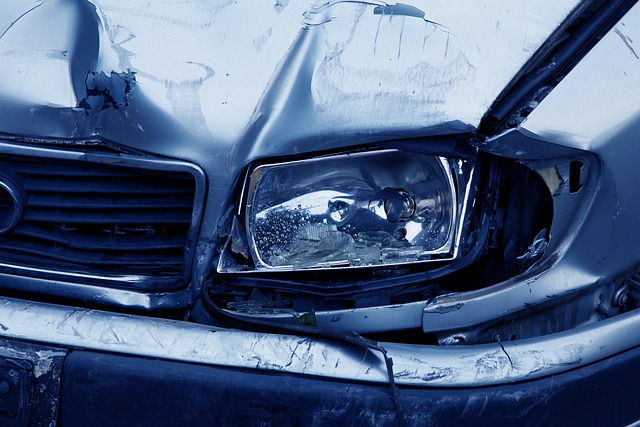
When it comes to fallen tree damage repair, prevention is key. Regularly inspect your property for any signs of weakened trees, especially during storms or high winds. Pruning and trimming can help remove dead or diseased branches before they become a hazard. If you notice any damaged trees, act quickly to prevent further deterioration.
For effective fallen tree damage repair, start by assessing the extent of the damage. If the tree has fallen, it might be beyond saving, so consider removal. In cases where the tree can be saved, professional services like auto body painting and auto frame repair for structural components are often necessary. Remember, proper maintenance and timely intervention are crucial to ensure your trees remain healthy and minimize the risk of future damage.
Fallen tree damage can be a significant issue, but understanding common problems and employing effective repair techniques can help mitigate risks. By identifying issues like snapped branches, uprooted trees, and soil erosion early on, property owners can implement appropriate repair strategies using simple tools and materials. Regular maintenance, proper tree selection, and quick response times are key to preventing future fallen tree damage. With the right approach, it’s possible to restore landscapes and ensure safety in the wake of such events.


